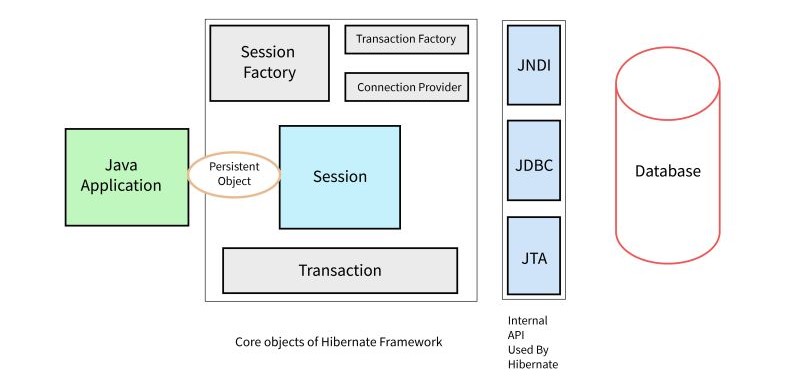Hibernate is a powerful and popular Object-Relational
Mapping (ORM) framework for Java. It simplifies database
interactions and helps developers manage complex data
models with ease. Here are some interesting facts about
Hibernate:
1. Created and Development
-
Origin: Hibernate was created by Gavin King in
2001 as an open-source project. It was developed to
address the limitations of JDBC and provide a more
robust and flexible way to handle database
interactions in Java applications.
2. Object-Relational Mapping (ORM)
-
Key Feature: Hibernate is an ORM framework that
maps Java objects to database tables. This abstraction
layer allows developers to work with high-level
object-oriented concepts while Hibernate handles the
underlying database operations.
3. HQL (Hibernate Query Language)
-
Powerful Querying: Hibernate provides HQL, a
powerful query language that allows developers to
write database queries using Java objects instead of
SQL. HQL is similar to SQL but operates on Hibernate’s
object model.
4. Automatic Schema Generation
-
Convenience: Hibernate can automatically
generate database schemas based on the mappings
defined in Java classes. This feature simplifies the
database setup process and ensures that the schema is
synchronized with the object model.
5. Caching Mechanisms
-
Performance Optimization: Hibernate includes
caching mechanisms, such as first-level (session) and
second-level (session factory) caches, to optimize
database access and improve application performance by
reducing redundant database queries.
6. Transaction Management
-
Integrated Transactions: Hibernate provides
built-in support for managing transactions, ensuring
data integrity and consistency. It integrates
seamlessly with Java Transaction API (JTA) and other
transaction management solutions.
7. Support for Various Databases
-
Database Compatibility: Hibernate supports a
wide range of relational databases, including MySQL,
PostgreSQL, Oracle, and SQL Server. This flexibility
allows developers to use Hibernate in diverse
environments and with different database systems.
8. Lazy Loading
-
Efficiency: Hibernate supports lazy loading, a
technique that delays the loading of related entities
until they are needed. This approach improves
performance by reducing the amount of data loaded into
memory and optimizing database access.
9. Community and Ecosystem
-
Active Development: Hibernate benefits from a
strong and active community that contributes to its
ongoing development and provides extensive
documentation, support, and third-party tools. This
ecosystem ensures that Hibernate remains up-to-date
and reliable.
10. Spring Integration
-
Seamless Integration: Hibernate integrates
seamlessly with the Spring Framework, providing
additional features and configuration options for
managing persistence and transaction management within
Spring-based applications.



